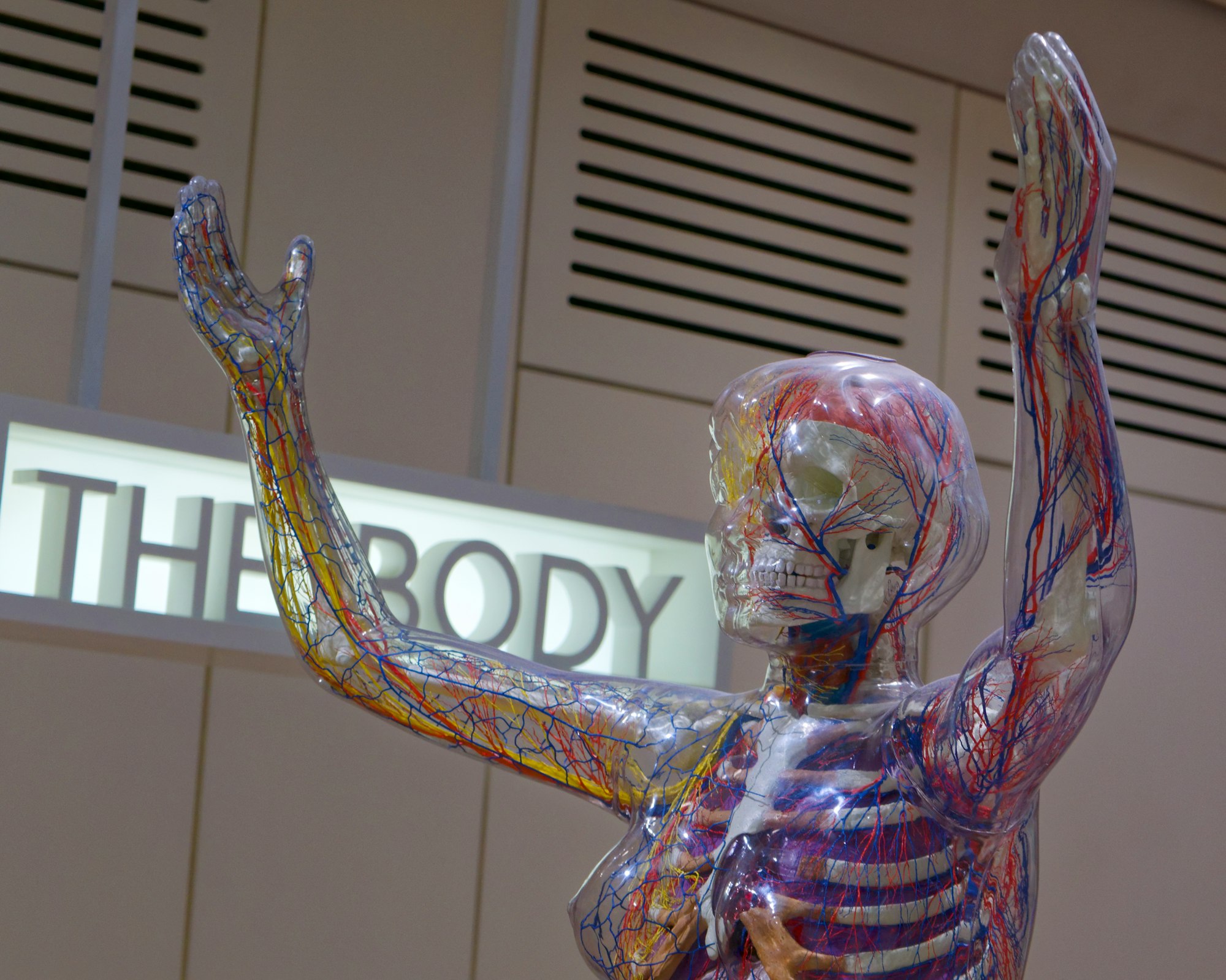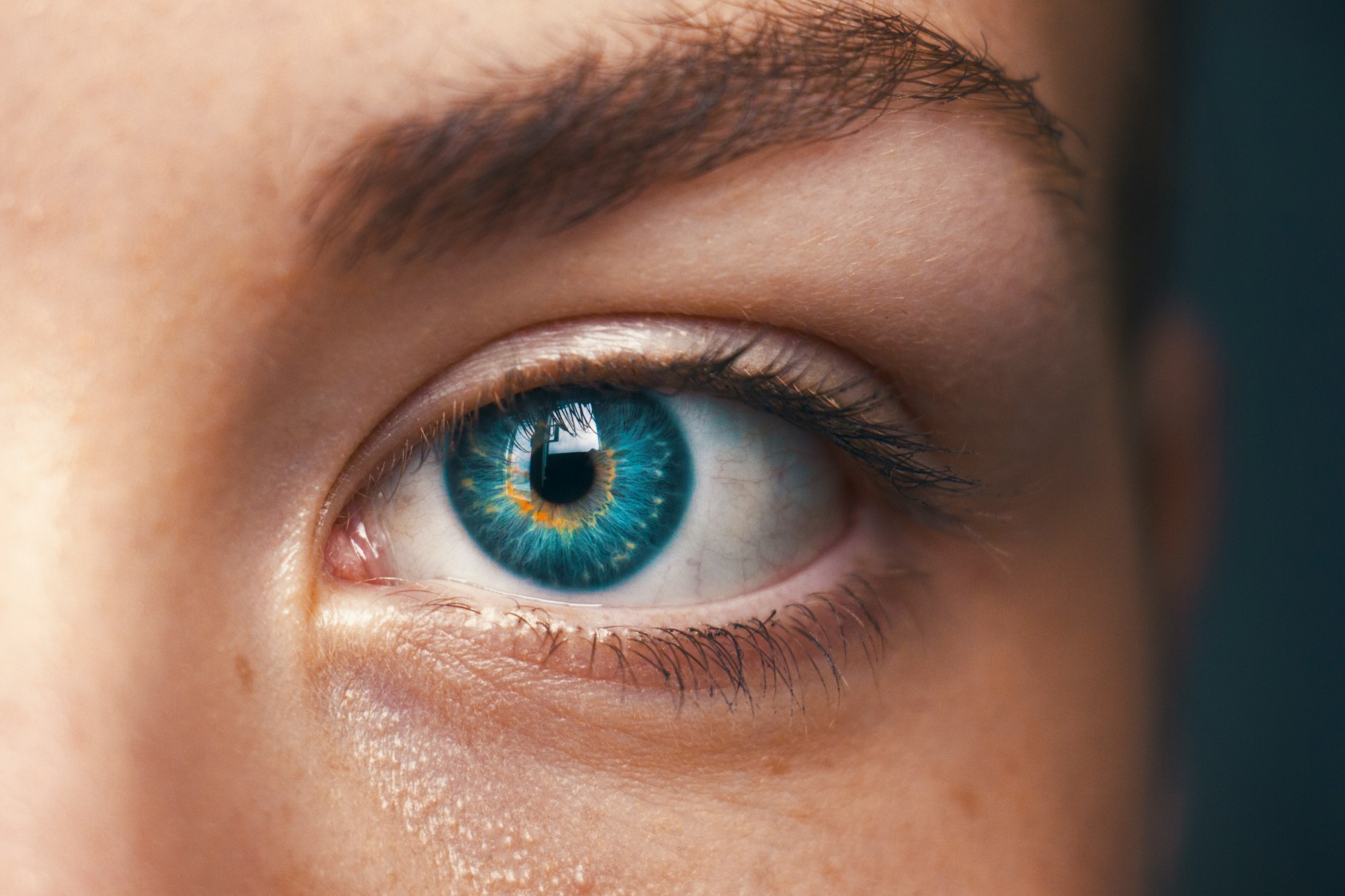Coordination and Response

In this two part section of IGCSE Biology, we shall be covering the coordination processes in Humans, through the nervous system and in Plants, through the concept of tropisms
Coordination in Animals
Coordination is an important life process for living beings
- Changes in an organism’s environment are called stimuli.
- Stimuli are sensed by specialised cells called receptors (usually our sense organs).
- The organism responds to the stimulus, using effectors (usually muscles and glands).
There are 2 methods by which information is sent from receptors to effectors:
- Nerves- the fastest method
- Hormones- a slower but important method
The nervous system
All mammals have a:
- CNS ( Central Nervous System)
- PNS (Peripheral Nervous System)
The CNS is made up of the brain and the spinal cord.
The PNS is made up of nerves and receptors.
Myelin
Myelin is a layer of protein and fat that is used as insulation for nerves so that the nerve impulses don’t scatter and increase the time needed to respond to a stimuli.
Types of Neurons
- Sensory
- Relay
- Motor
Reflex action/arc
A fast, automatic, involuntary response to a stimulus is known as a reflex action.
Stimulus is detected by receptor → Sensory neuron → Spinal cord (relay neuron) → Motor neurone → Effector muscle
How does a reflex arc work?
- Stimulus is detected by receptor
- An impulse is picked up by a sensory neuron
- The impulse travels through the axon of the sensory neuron towards the spinal cord
- In the spinal cord, the impulse is relayed to several other neurons by the relay neuron.
- The relay neuron passes the nerve impulses to the brain
- Simultaneously, the impulses are also passed to an effector
- The effector takes suitable action.
Synapses
A synapse is a junction between two nerve cells, consisting of a minute gap across which impulses pass by diffusion of a neurotransmitter.
They are also called as one way valves.
How synapses work:
- There is a small gap between each pair of neurons.
- These are called synaptic clefts.
- The vesicles of an axon contain a chemical called neurotransmitter.
- When an impulse arrives along the axon, it causes these vesicles to move towards the cell membrane and empty their contents into the synaptic cleft.
- The neurotransmitter then quickly diffuses across the synaptic cleft.
- They attach to receptor molecules in the cell membrane of the next neuron.
- This can happen because the shape of the neurotransmitter molecules is similar to the shape of receptor molecules (just like an enzyme and its substrate!)
- The binding of a neurotransmitter with the receptor triggers a nerve impulse in that neuron.
- The impulse sweeps across the neuron until it reaches the next neuron.
As there is only one neurotransmitter at the end of each synapse, impulses can only pass in one direction. That’s the reason synapses are called one way valves (like diodes!)
Receptors
In animals, the receptors are often a part of sense organs. For example, the eye is a sense organ and the cone and rod cells in it are the receptors that are sensitive to light.
Here is a simple list of the 5 sense organs:
- Eye (Vision)
- Ear (Hearing, balance)
- Nose (Smell)
- Tongue (taste)
- Skin (touch, temperature, pain)
The eye

The structure of the Eye
| Part | Function |
|---|---|
| Retina | The part where the receptors are present, which are sensitive to light. |
| Consists of the fovea and the blind spot | |
| Fovea | The spot where receptor sells are tightly packed |
| Blind spot | The point at which the optic nerve leaves the eye |
| Orbit | A bony socket in the skull that holds the eye. |
| Conjuctiva | A thin, transparent membrane, that helps protect the parts behind it. |
| Is kept moist by the tear gland | |
| Contains the enzyme lysozyme that kills bacteria | |
| Sclera | A tough coating in the orbit, to protect the parts within. |
| Choroid | A part that is rich in blood vessels, situated behind the retina. |
| It helps in the absorption of excess light | |
| Cone cells | Receptor cells that can distinguish between different colours of light. |
| Cells that help us to see in bright light and present a sharp image. | |
| There are three types of cone cells- Red, Green and Blue. | |
| Rod cells | Receptor cells that help us to see in dim light and don’t produce a sharp image |
Pupil reflex
In bright light:
- Circular muscles of the iris contract, Pupil gets smaller
In dim light:
- Radial muscles contract, Pupil gets larger
Focusing light:
- Cornea bends the light (refracts)
- The lens makes fine adjustments
- Semi solid vitreous humour is transparent, and nourishes the eye.
Focusing light on distant objects:
- Ciliary muscle relaxes
- Suspensory ligaments are pulled tight
- Lens becomes thin
Focusing light on near-by objects:
- Ciliary muscle contracts
- Suspensory ligaments are slackened (relax)
- Lens is allowed to bulge
Coordination in Plants
- Unlike animals, plants respond to stimuli in a slower manner.
- Plants respond to stimuli in 2 ways:
- Changing their rate of growth
- Changing their direction of growth
- If a plant grows towards a stimulus, it is known as a positive tropism
- If a plant grows away from a stimulus, it is known as a negative tropism
- A tropism is a growth response by a plant.
- Two important stimuli for plant growth are:
- Light
- Gravity
- For example, shoots show positive tropism towards light, whereas roots show negative tropism towards it.
- For example, shoots show negative tropism towards gravity, whereas roots show positive tropism towards it.
Importance of tropisms
- It is extremely important that plant parts respond in a correct manner to tropisms.
- For example, it is necessary that shoots respond to phototropism so that they can photosynthesise as they grow leaves.
- Similarly, for a flower, it is crucial that it only blooms in response to phototropism so that it can attract insects or the wind to pollinate them.
- Moreover, in roots, it is important that they respond to gravitropism by growing into the soil to absorb water and anchor the plant.
Key definition:
Gravitropism: A response in which a plant grows towards or away from gravity
Phototropism: A response in which in which a plant grows towards or away from the direction of light.
This is the end of this guide. Hope you enjoyed it! Thanks for using www.igcsepro.org! We hope you will give us a chance to serve you again! Thank you!
Next Topic:

